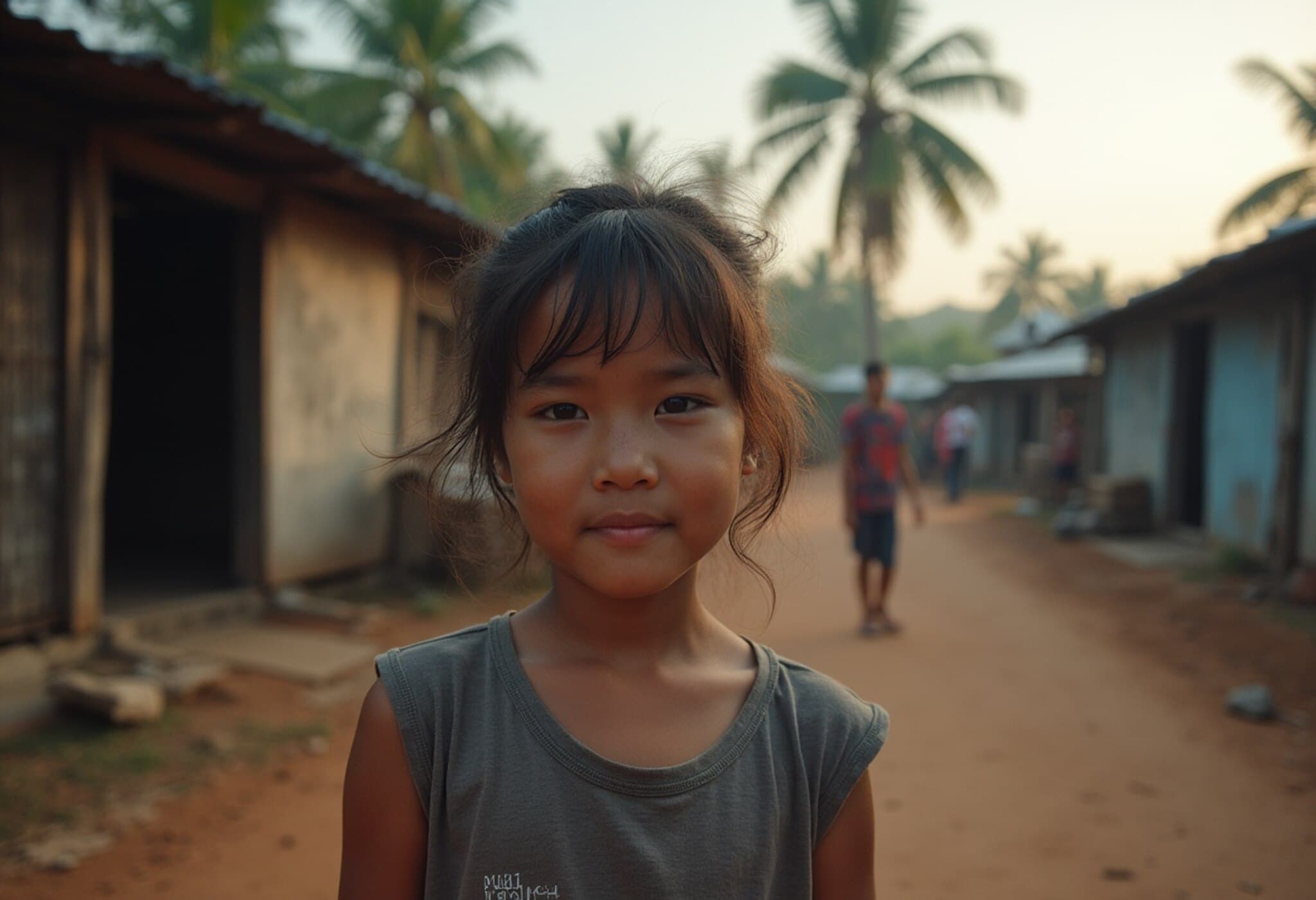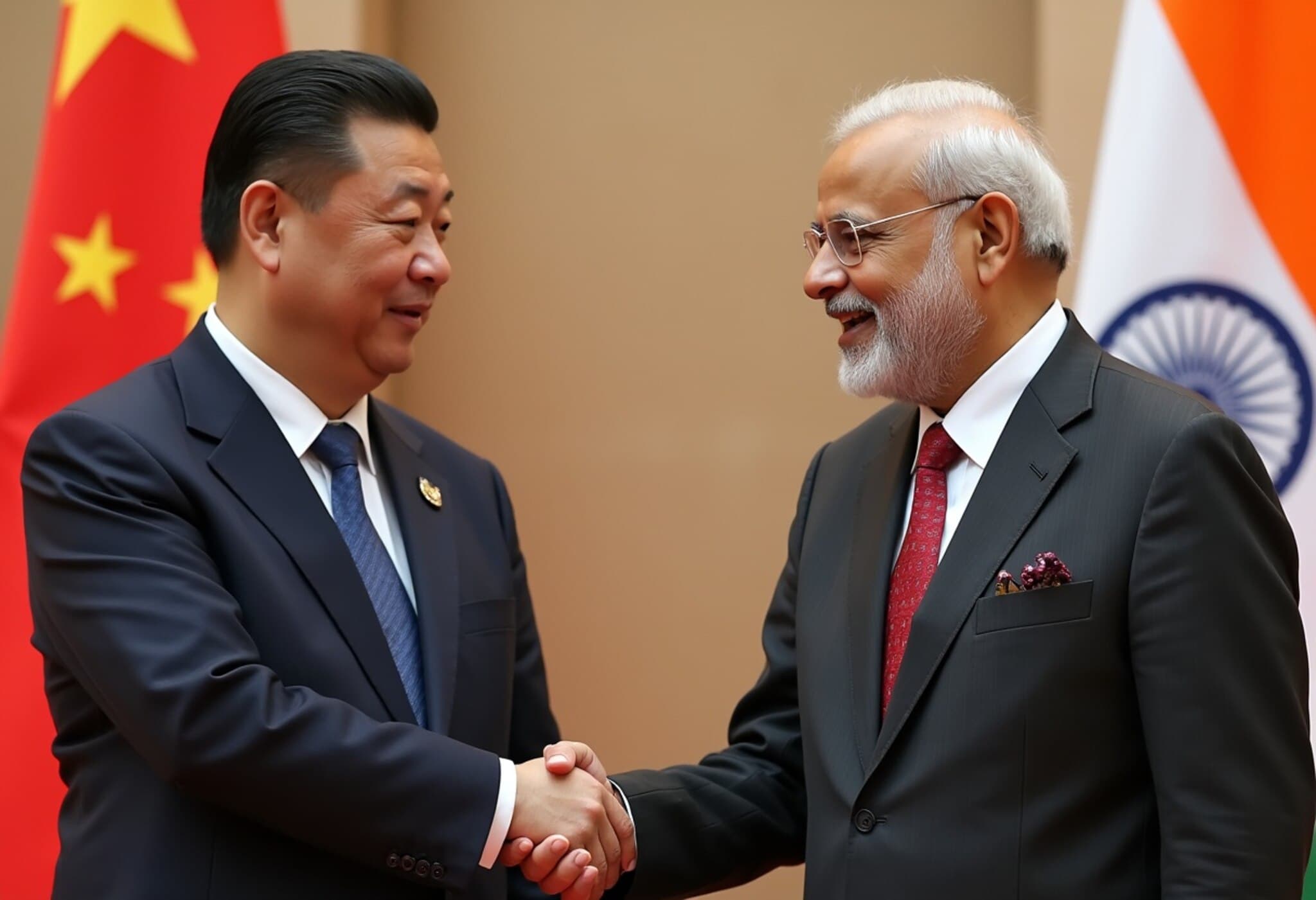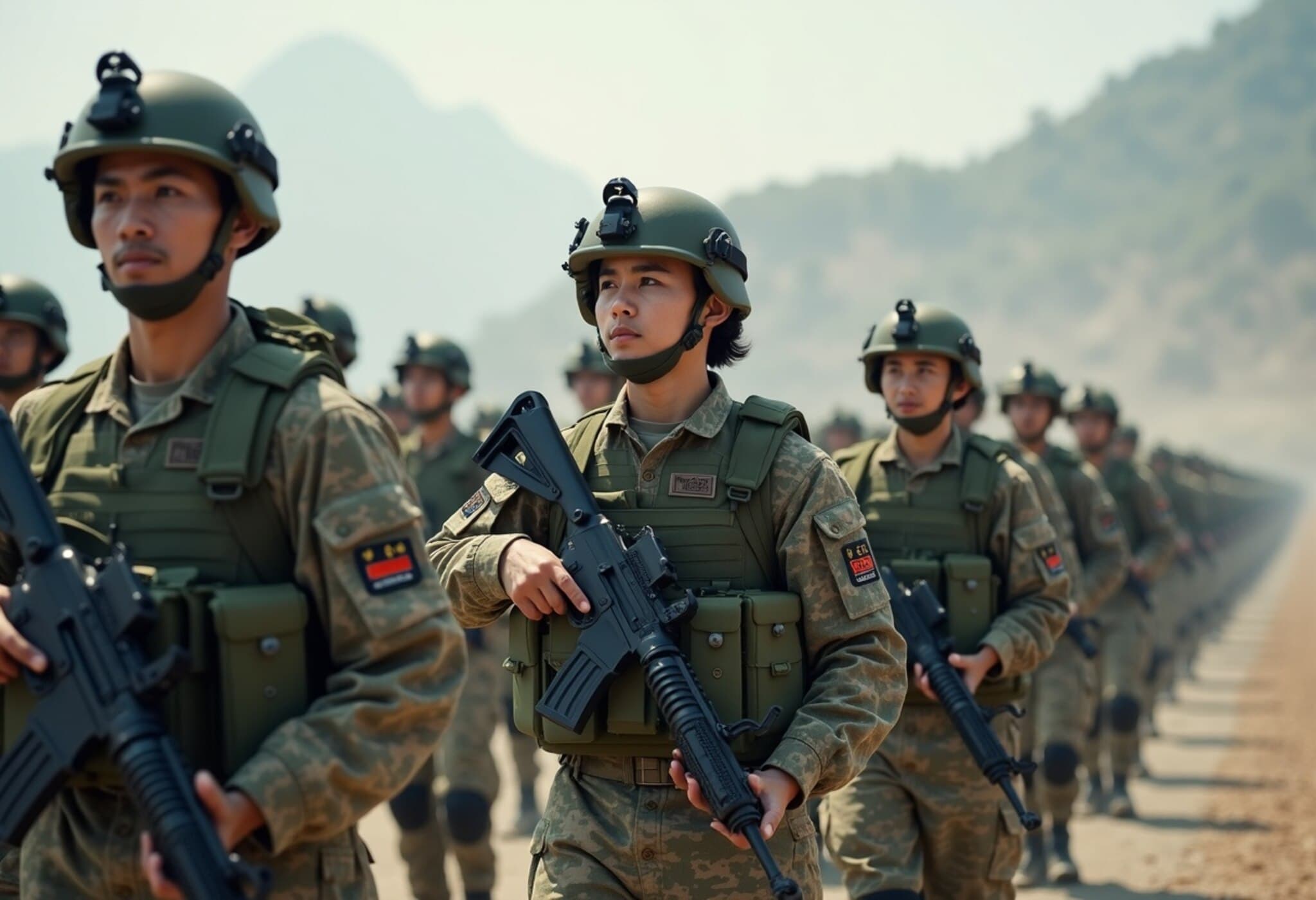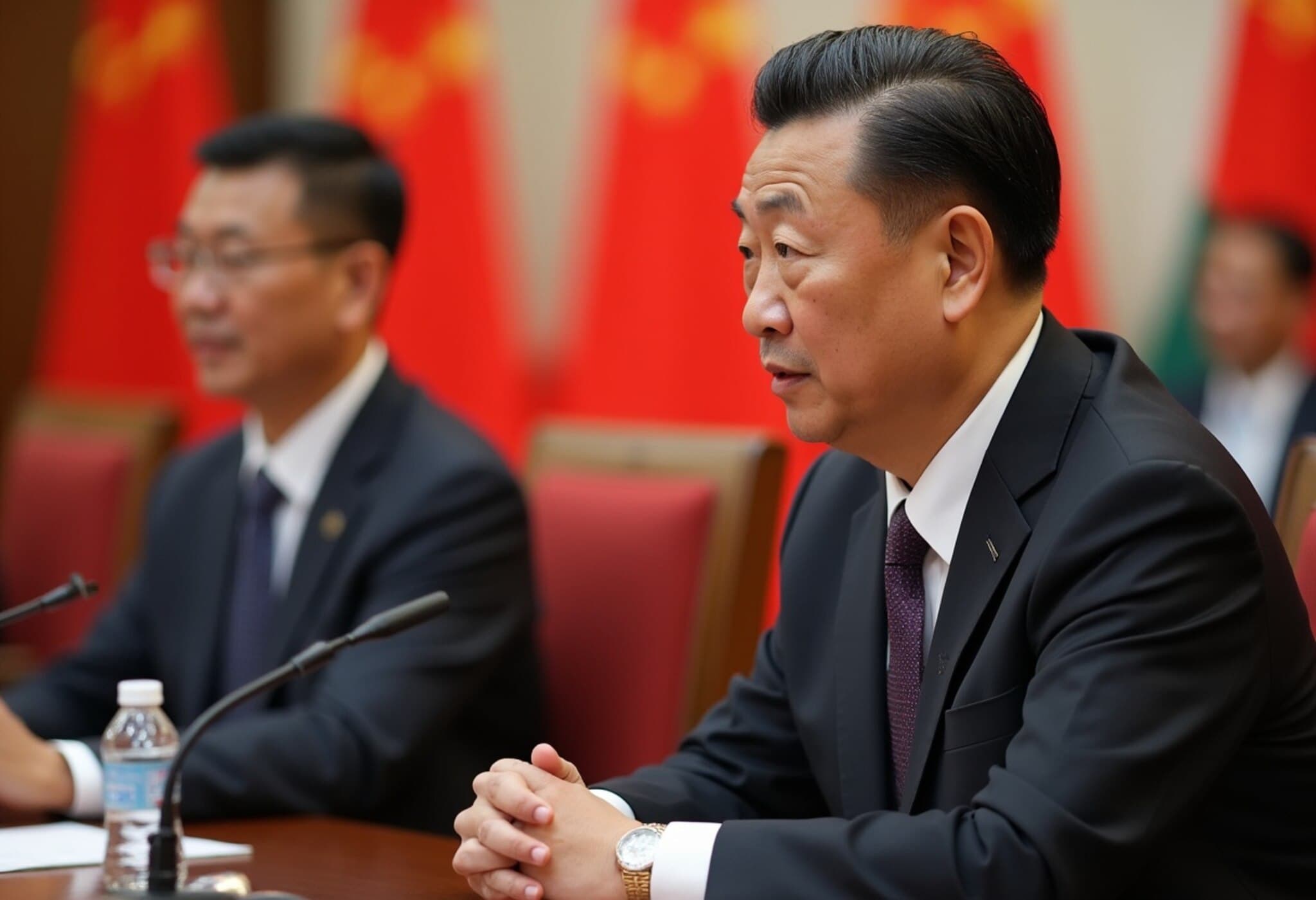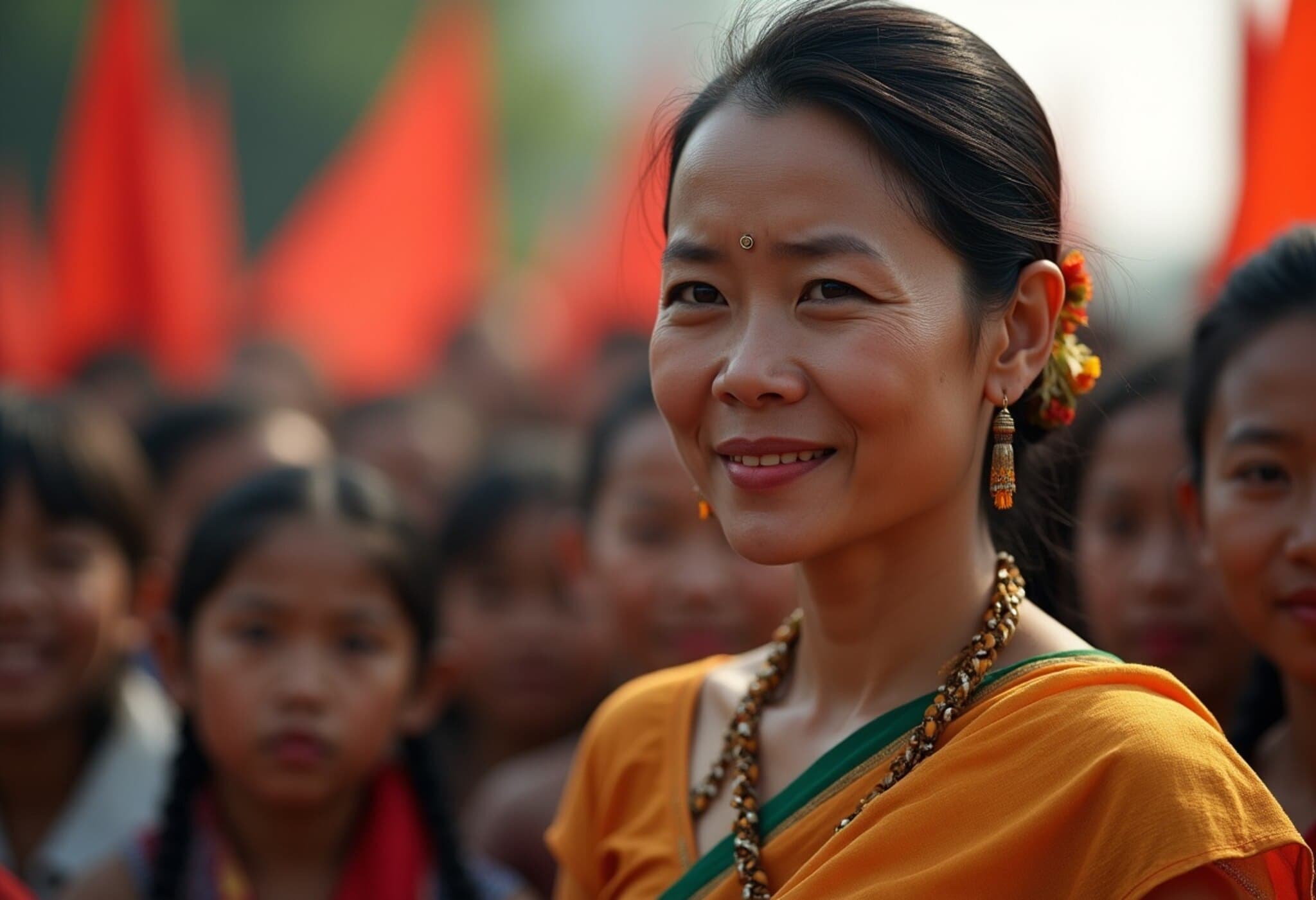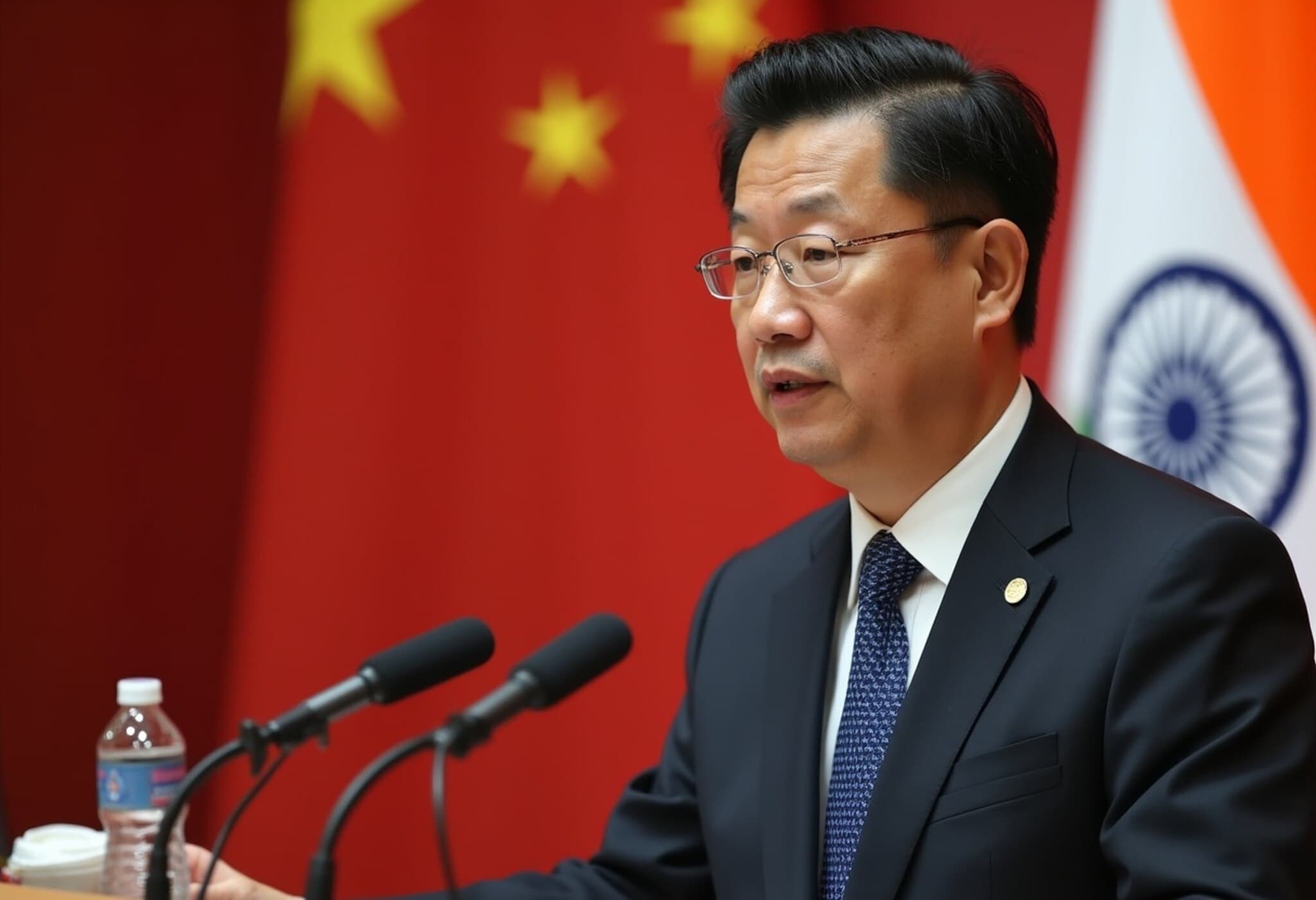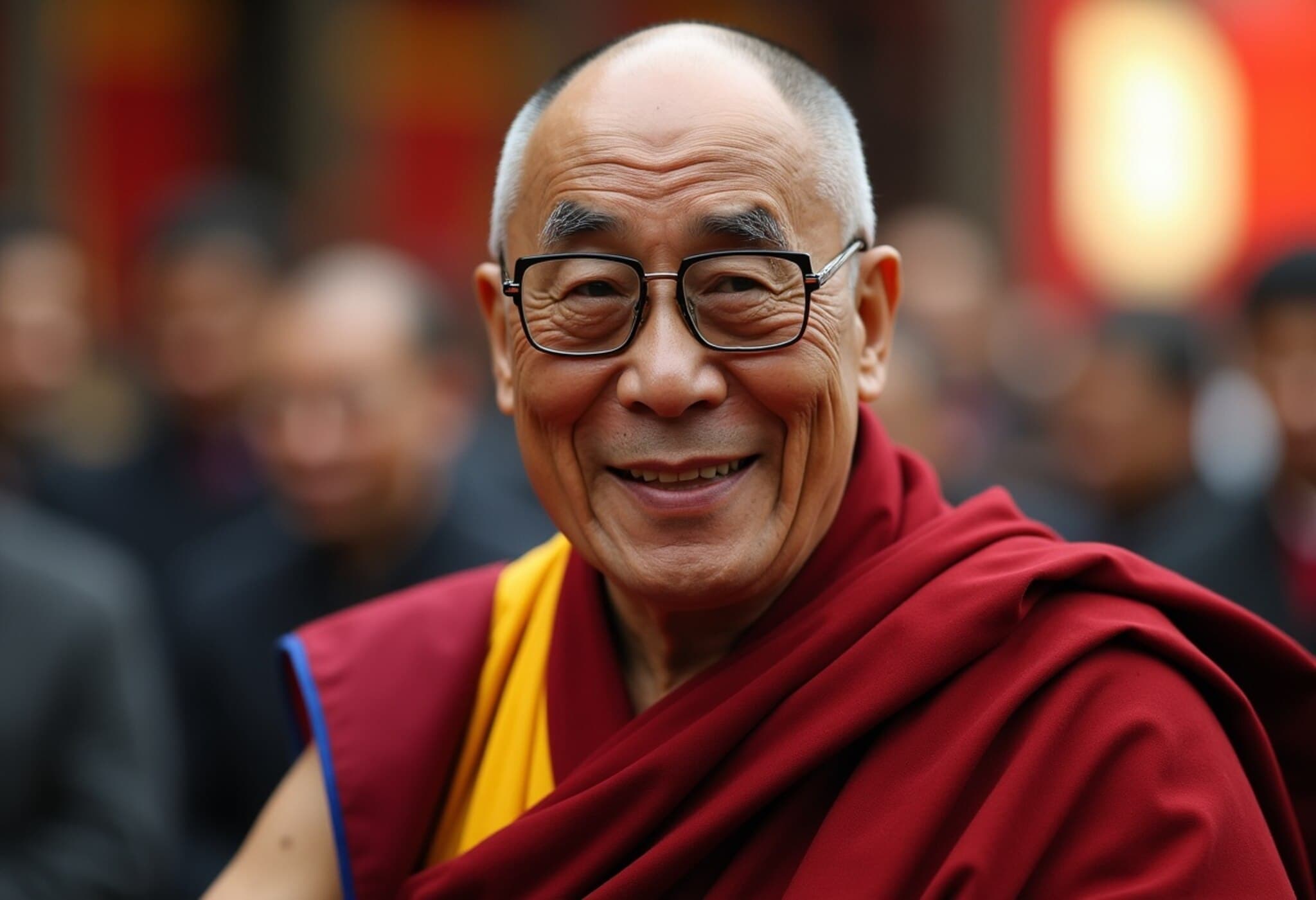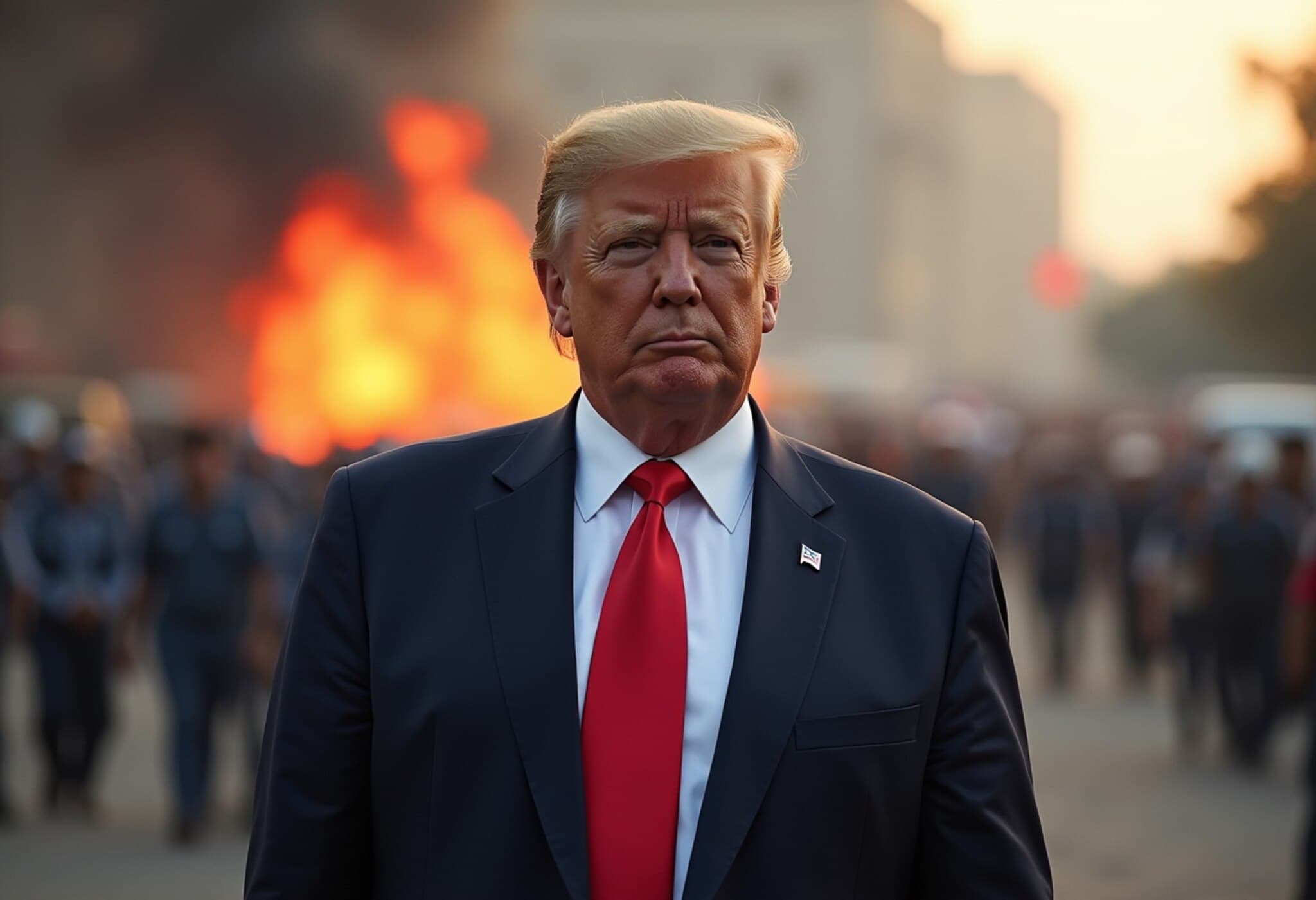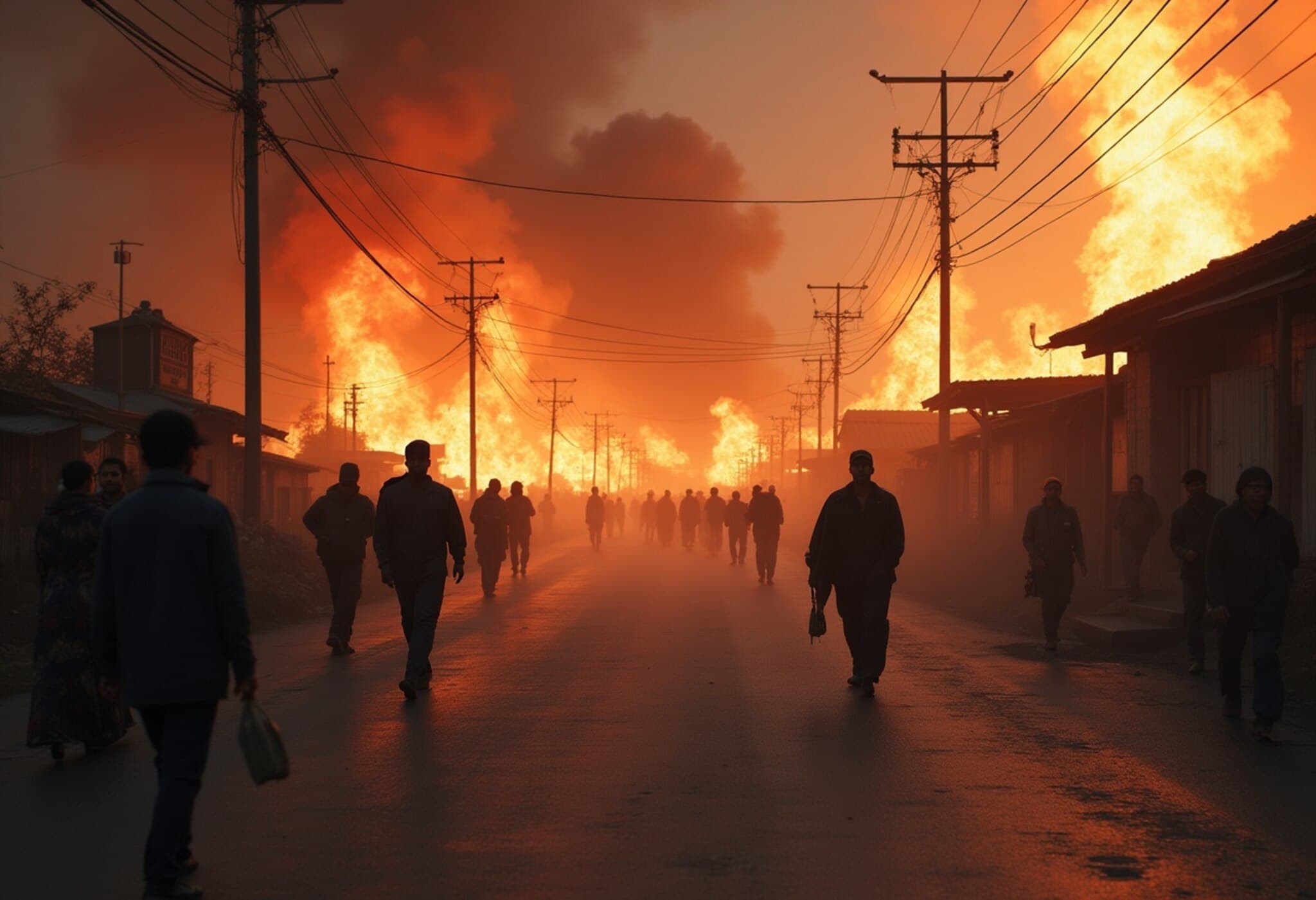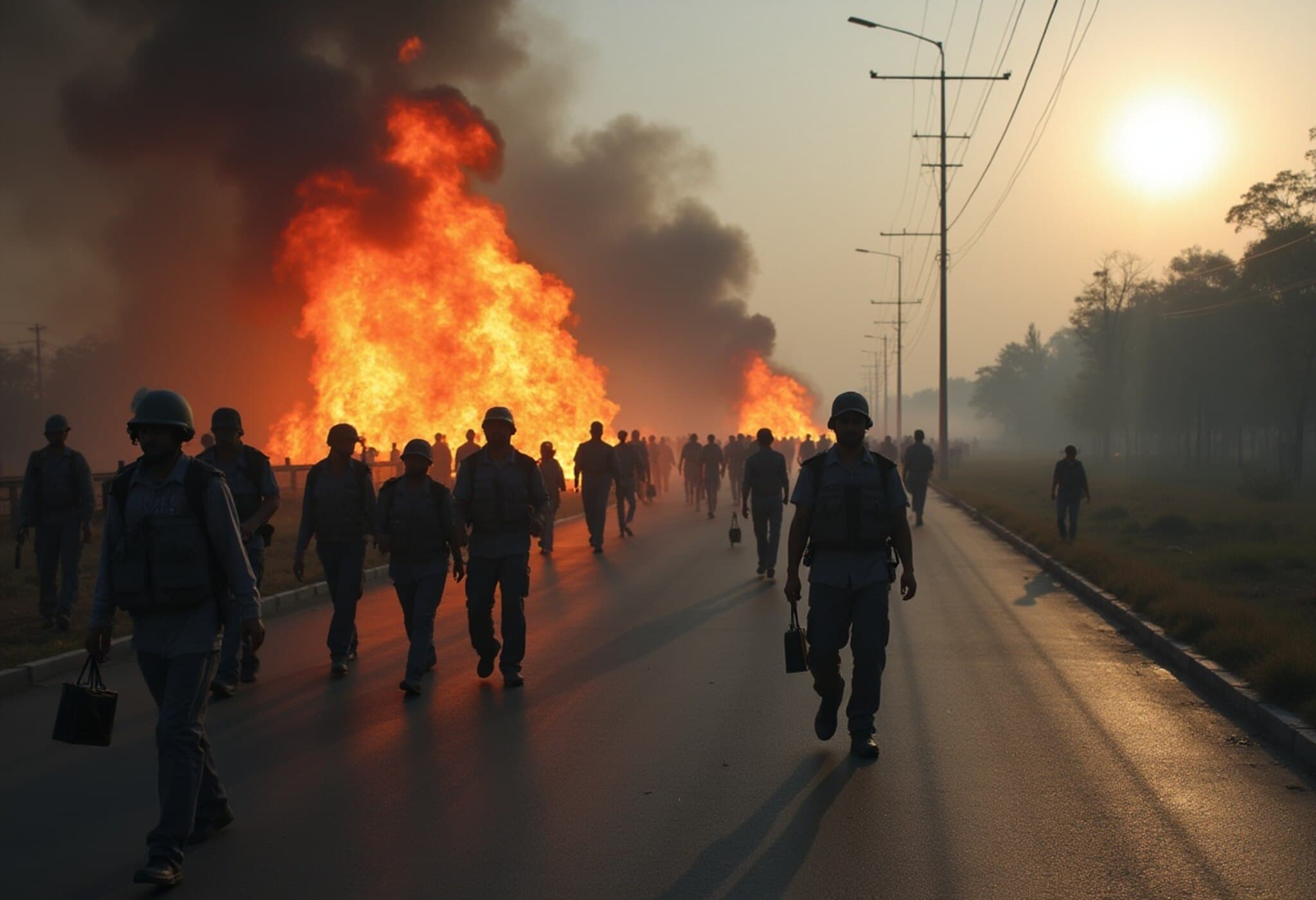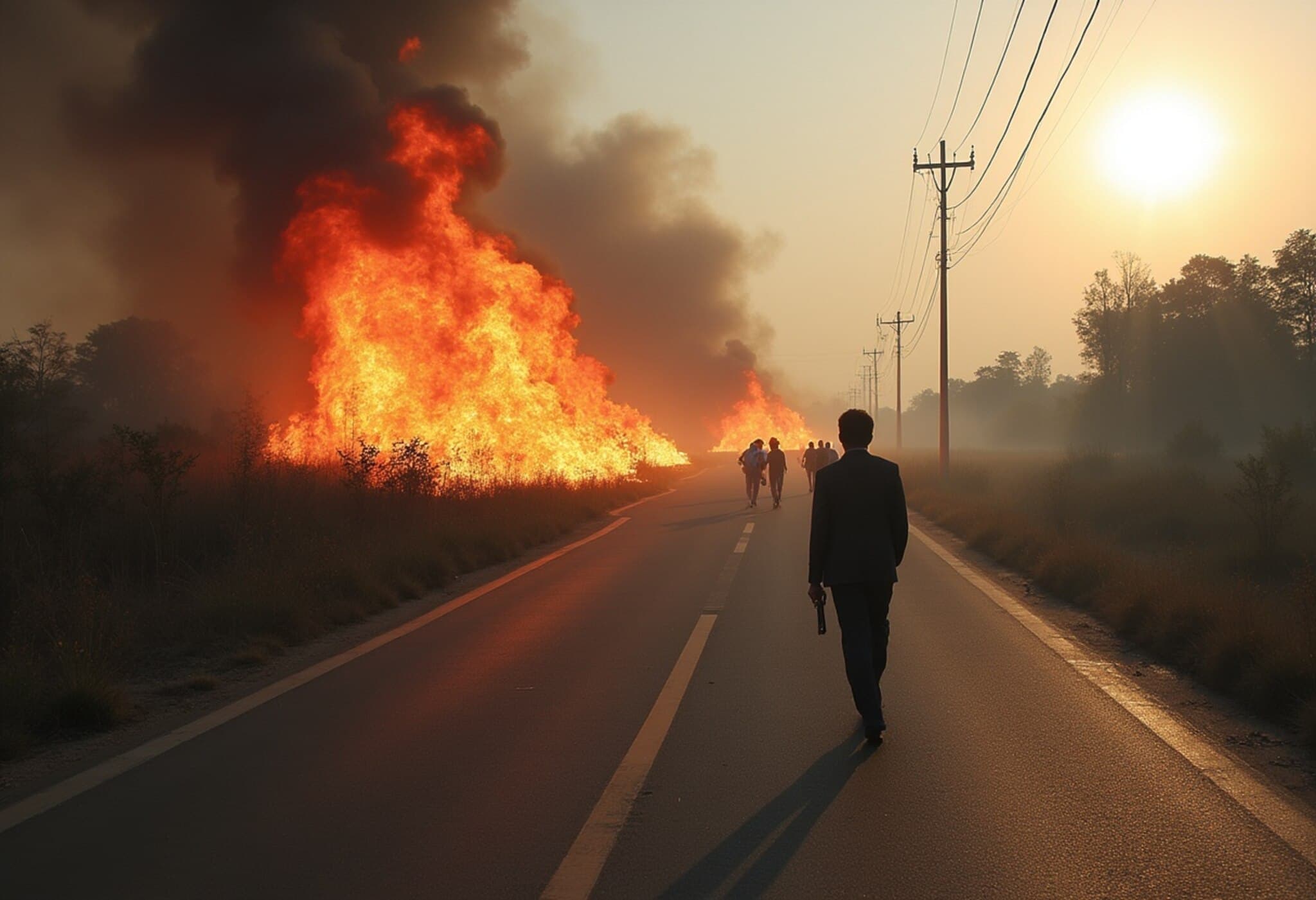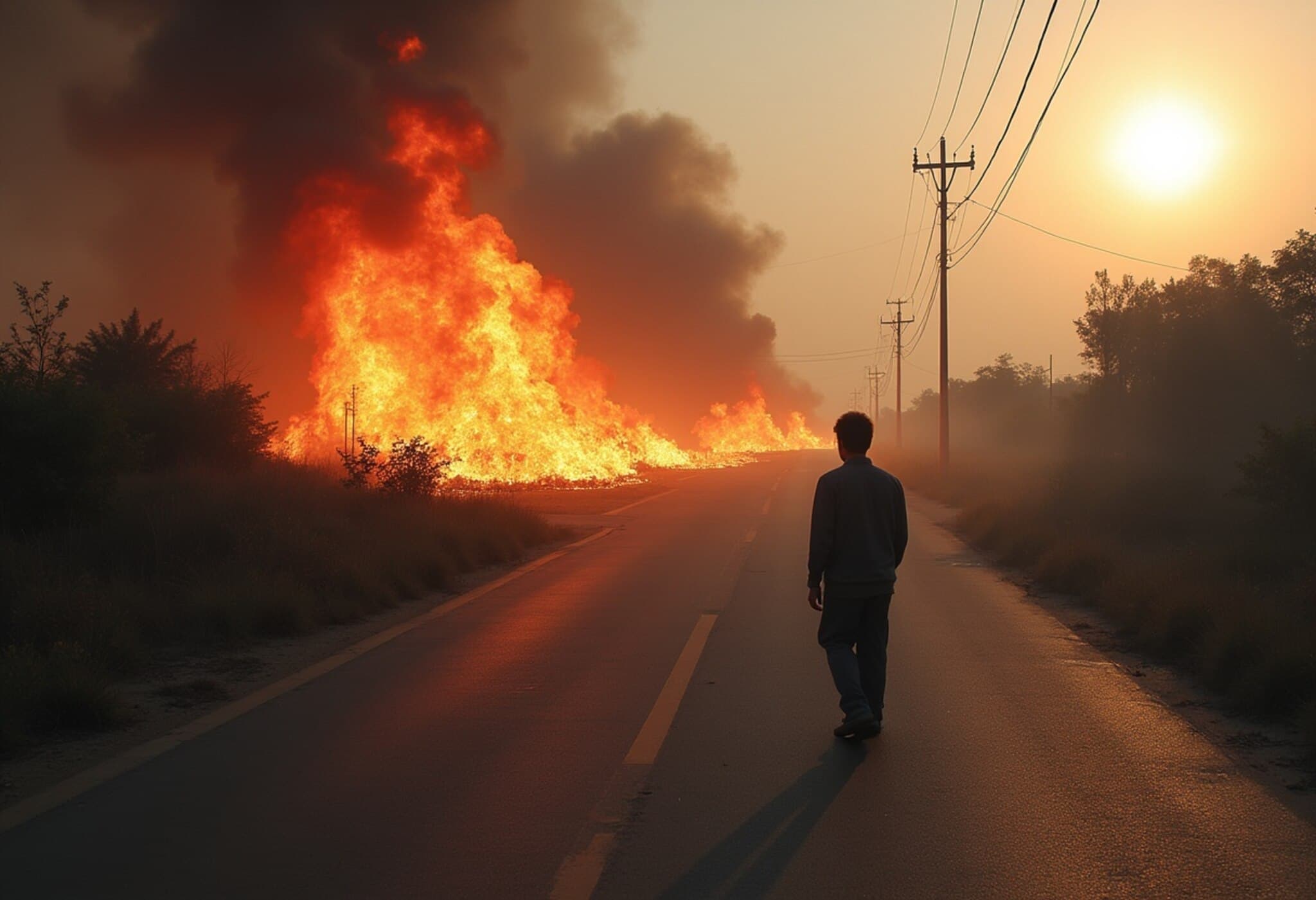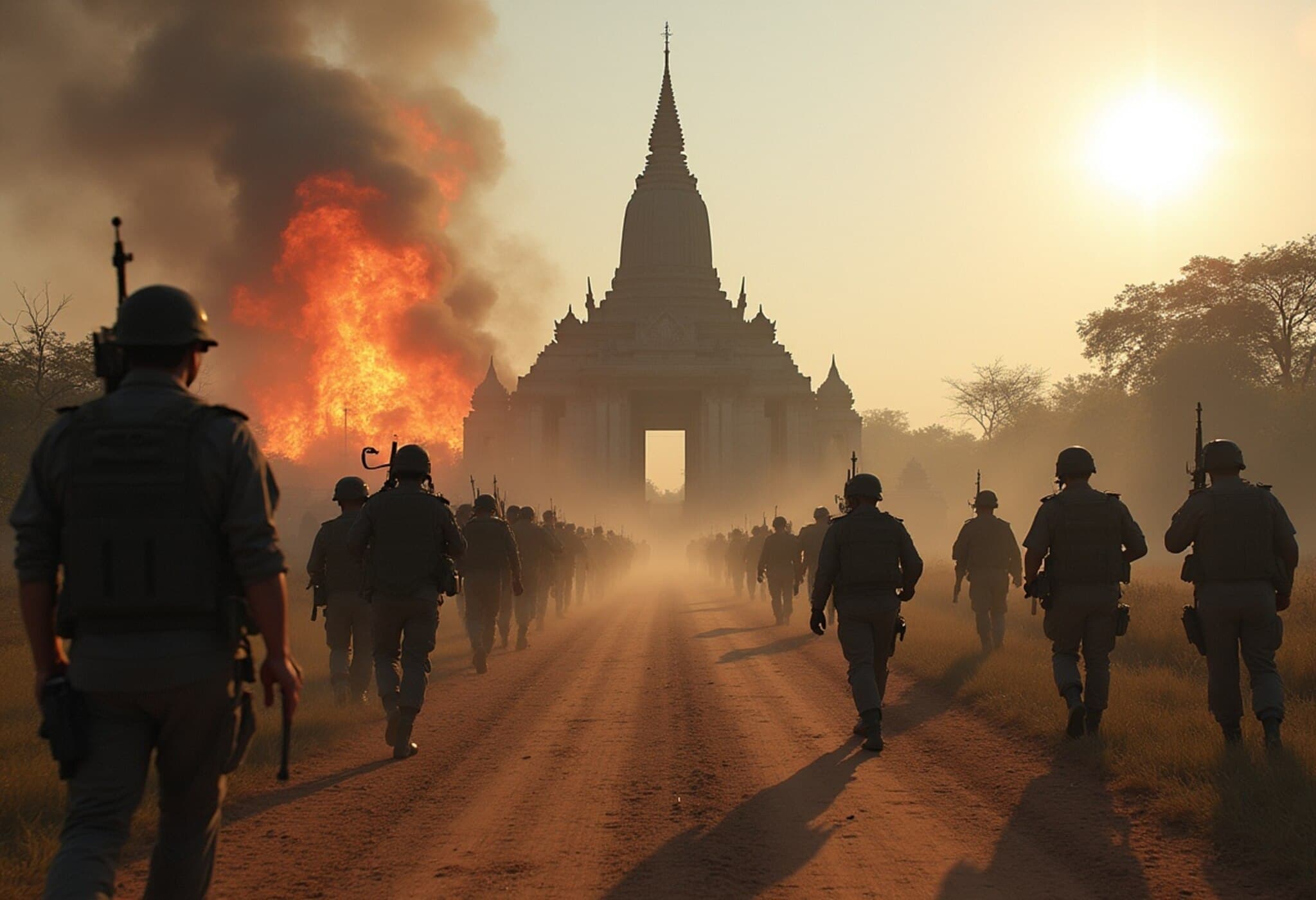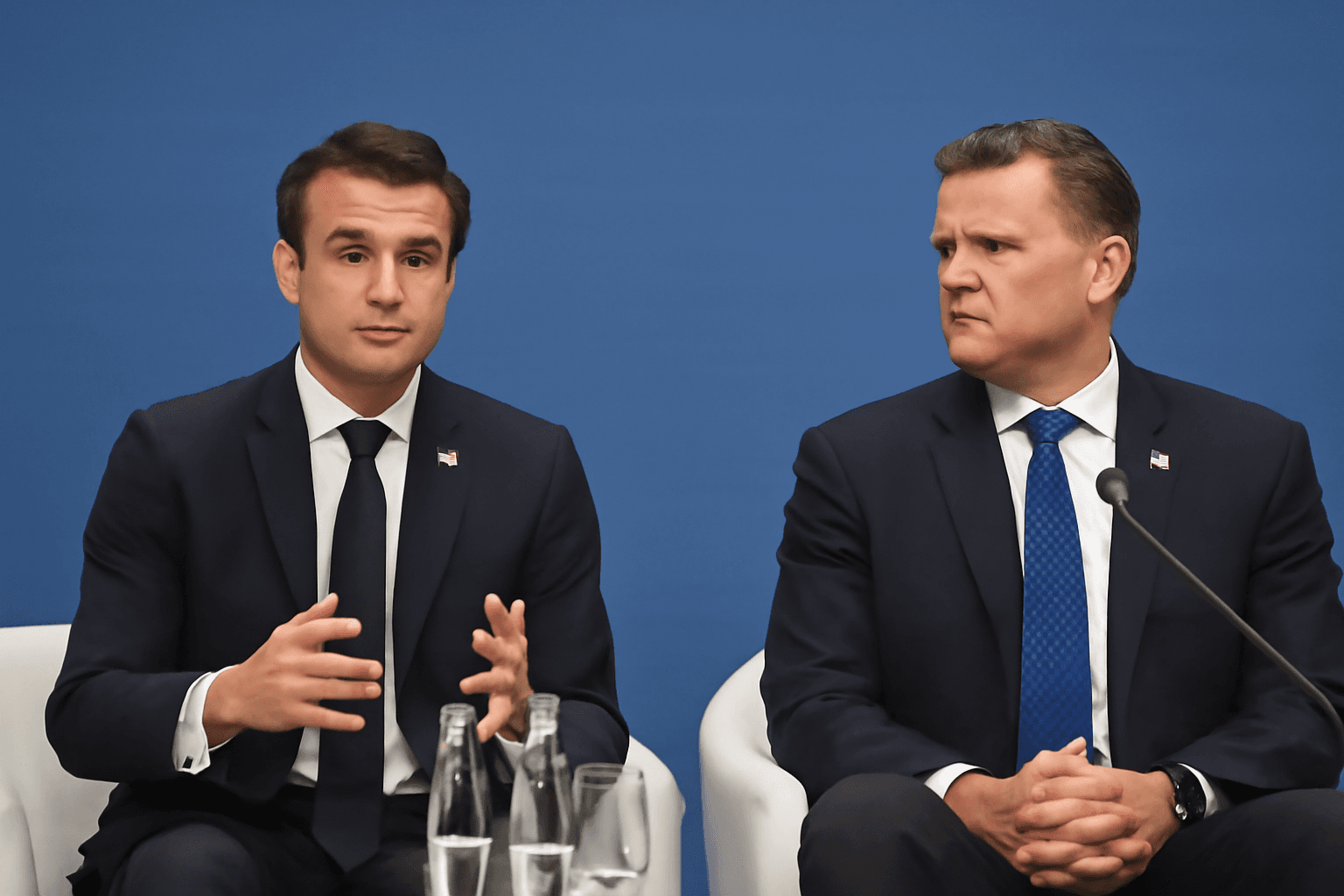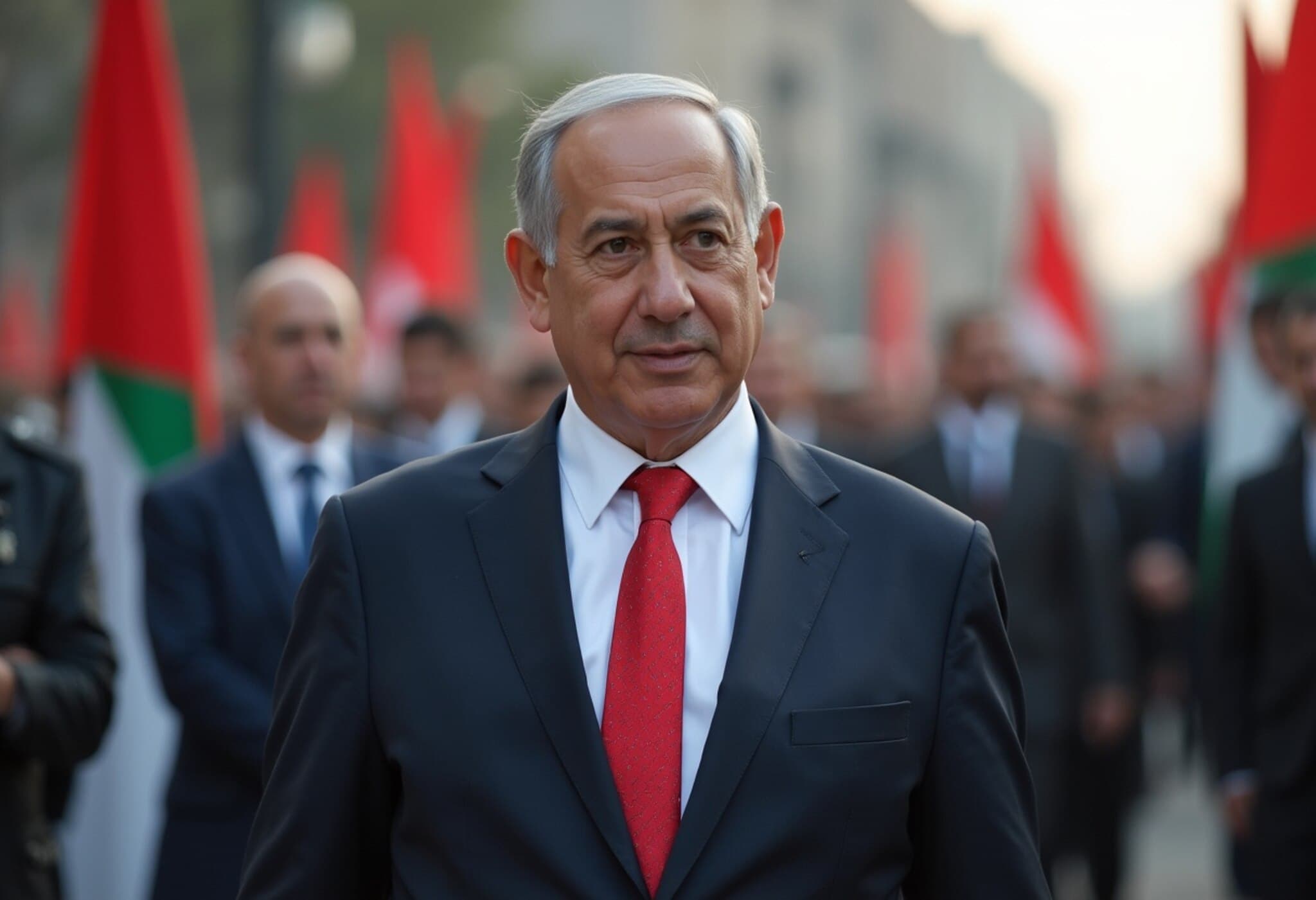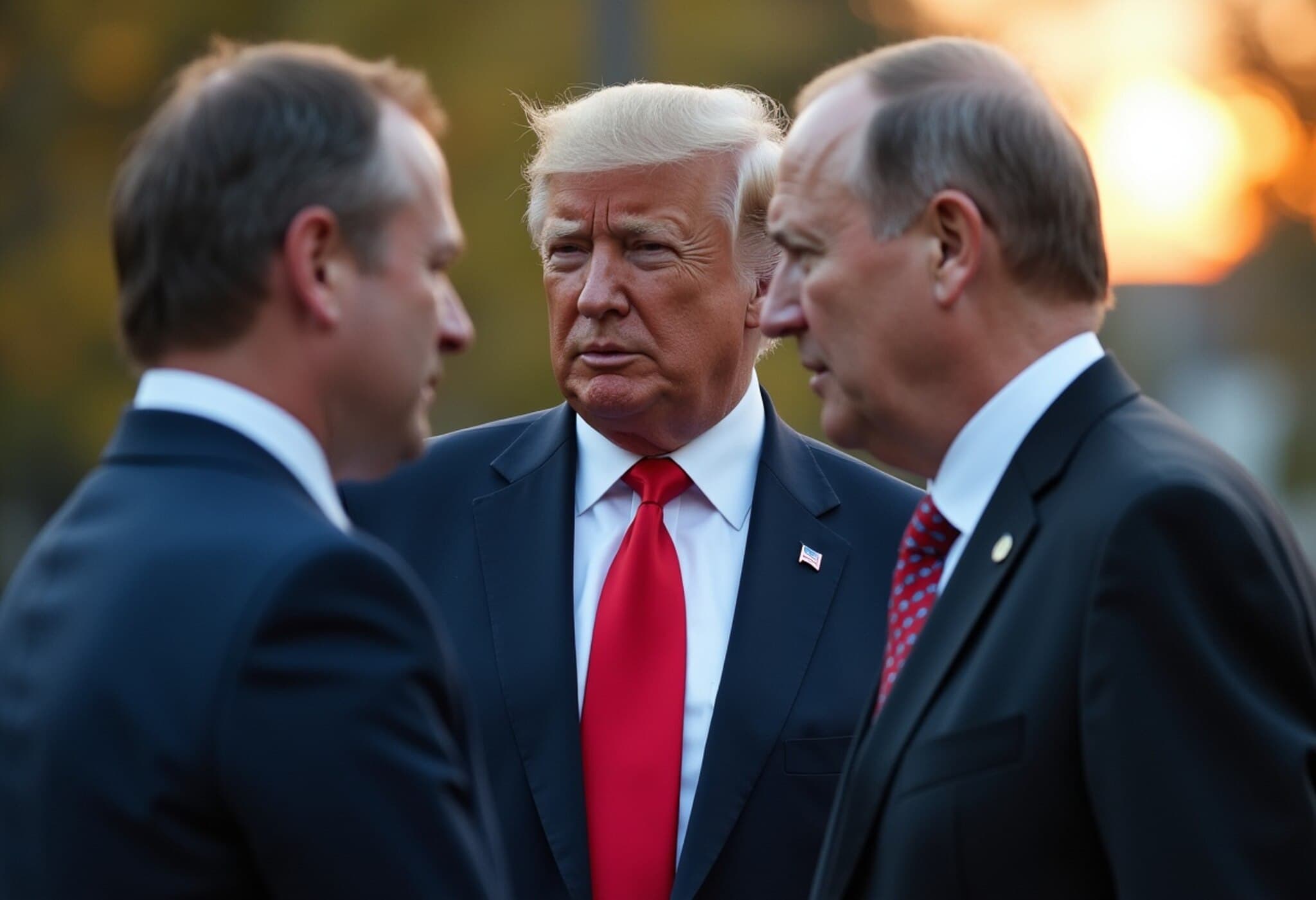An Uneasy Calm in Cambodia’s Displaced Communities
Deep within the temple-studded jungles of the Dangkrek Mountains, where Cambodia and Thailand recently clashed in a brief but violent five-day conflict, an uneasy peace pervades. At Wat Bat Th’kao camp—named after a nearby Buddhist temple and now home to thousands of displaced Cambodians—families remain trapped in precarious shelters, hesitant to return to homes shadowed by uncertainty and fear.
Life Amid Displacement: Stories From Wat Bat Th’kao
The camp is a patchwork of wooden wagons and makeshift tents, offering only modest refuge from relentless monsoon rains and suffocating heat. In one shelter, 15-year-old Touch Makara sits close to his 98-year-old great-great-grandmother, Ron Touch, whose frailty underscores the generational trauma bleeding from decades of regional instability.
A poignant symbol of resilience, Ron admits simply, "Yes, I’m scared!" Her fear represents the shared anxiety of those displaced — caught between the tangible memories of past violence and an unpredictable present.
Hong Srey Rith, a mother from Kauk Chhouk village, cradles her newborn, Lin Kakada, who was born on the very day hostilities erupted—July 24. With no safe return in sight, she voices a mother’s profound uncertainty: "I want to go home, but the authorities don’t want that yet. There’s a chance there will be more fighting. I’m afraid, too, that it will continue." Her words reflect a profound dilemma faced by thousands across the borderlands, torn between hope and caution.
Displacement Numbers and Regional Impact
- 170,000 Cambodians remained displaced shortly after the ceasefire, according to humanitarian agencies.
- A similar number of Thai civilians fled their homes amid the cross-border clashes.
- At least 18 civilian deaths were reported—primarily due to indiscriminate rocket and bombing attacks.
Despite a ceasefire taking effect on July 28, these numbers illustrate how fragile peace remains on the ground. Humanitarian assistance delivers food, water, and basic medical care, but the deeper wounds of displacement and fear linger.
Political Posturing and Propaganda Fuel Insecurity
Amid these humanitarian challenges, political narratives have complicated efforts to build trust. In early August, Cambodia’s Ministry of National Defence issued alarming claims of impending Thai attacks around sensitive sites, including the UNESCO World Heritage-listed Preah Vihear temple complex. This announcement occurred despite Thailand’s denials, and may have served as a strategic move to consolidate domestic support.
Former Prime Minister Hun Sen, still an influential political figure, publicly positioned himself as the steadfast military leader defending Cambodia’s sovereignty ahead of his 73rd birthday. Such displays underscore the use of nationalistic rhetoric at a time when dialogue and diplomacy are urgently needed.
The Historical and Legal Quagmire of Border Demarcation
The heart of the conflict lies in overlapping claims to poorly defined border areas, a legacy of colonial-era cartography and historical disputes. Cambodia insists on the validity of a 1907 French-Siam map at 1:200,000 scale, while Thailand advocates for its own 1:50,000-scale maps, leading to discrepancies that fuel territorial claims.
The International Court of Justice (ICJ) ruled in favor of Cambodia’s claim over the Preah Vihear temple in 1962, yet the broader border remains contested. Cambodia seeks further adjudication by the ICJ, while Thailand pushes for bilateral negotiations, reflecting strategic legal and diplomatic postures.
The Human Cost: Lingering Trauma and Regional Stability Concerns
Gordon Conochie, a scholar of Cambodian democracy at La Trobe University, highlights an important yet often overlooked perspective: the long shadow of Cambodia’s turbulent history — from Khmer Rouge atrocities to decades of fragmented civil conflict — continues to shape the collective psyche.
"It’s easy for people in the West to think the bad times stopped in 1979, but for Cambodians, the shadow of conflict lingers deeply," Conochie explains. "This historical trauma fuels genuine anxiety that violence can erupt again at any moment."
Recent Diplomatic Efforts and Future Outlook
In an encouraging development, senior border officials from both countries recently concluded a multi-day ASEAN-facilitated meeting. Their "fruitful" discussions reaffirmed the ceasefire terms, including commitments to:
- Refrain from increasing military presence along the border
- Avoid construction of military infrastructure on disputed territory
- Cease unprovoked attacks across positions
However, fundamental disagreements remain unresolved, particularly the precise border location and the accepted mechanisms for arbitration.
Editor’s Note
The Cambodia-Thailand border conflict unveils a complex intersection of historical grievances, legal ambiguities, and human suffering. The fragile ceasefire has provided space for humanitarian relief, but the underlying issues persist, leaving thousands stranded between fear and hope.
As the international community watches a region critical to Asia-Pacific stability, essential questions emerge: How can colonial legacies be reconciled to resolve modern disputes? What role should regional organizations like ASEAN play in mediating entrenched conflicts? And most pressingly, how can the rights and safety of displaced civilians be guaranteed amidst political brinkmanship?
Ultimately, defeating the fear that haunts camps like Wat Bat Th’kao requires more than ceasefires—it demands a sustained diplomatic commitment grounded in justice and empathy.

